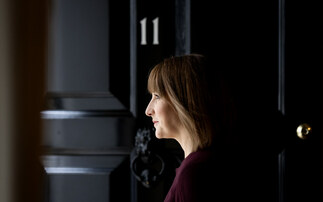Last year, a perfect storm of cuts, suspensions and cancellations were put in place by several FTSE companies as the economy ground to a halt under national lockdowns. According to AJ Bell, the FTSE 100's forecast dividend pay-out fell from £91bn in January to £62bn at the end of June, the lowest level since 2011.Yet according to Liontrust's Robin Geffen, there was complacency early in 2020 about the ability of many companies to maintain their levels of dividends.
The spread of Covid-19, multiple lockdowns and the consequential economic impact that companies have experienced for a year now has simply accelerated a trend that Geffen has been warning clients and investors about for the previous year: the fact that some very high yielding companies in the UK simply did not have the earnings capacity, dividend cover or strong enough balance sheets to support their levels of income. For over a decade companies have been focused on providing shareholder income, and in some cases, this has been prioritised at the expense of earnings growth.
The ability to pay large dividends has been made all the easier by the fact the Bank of England has maintained record low interest rates for over a decade, which has encouraged companies to gorge on debt, sometimes if only to enable them to pay income to shareholders. The impact of this has seen dividend cover, the ratio of a company's profit to its dividend payout, steadily decline with the UK one of the worst-off regions globally in 2020.According to AJ Bell's Q4 Dividend dashboard, dividend cover at eight of the top ten companies forecasted to have the highest yields in 2021 is at the less than the ideal figure of 2x. This means companies have less room for manoeuvre if profits fall.
Despite a modest dividend recovery in the last half of 2020, which saw UK dividends rise by 6.9% on a headline basis in Q3, they contracted by 0.2% on an underlying basis, making for the worst quarterly performance in three years. The group has also suggested payouts will not return to the record highs of 2019 for another four years. So where does this leave millions of investors that rely on dividends for a monthly income, particularly those who will be retiring in the coming years?
To read the full article, click here to access your free and exclusive The Adviser Guide.













